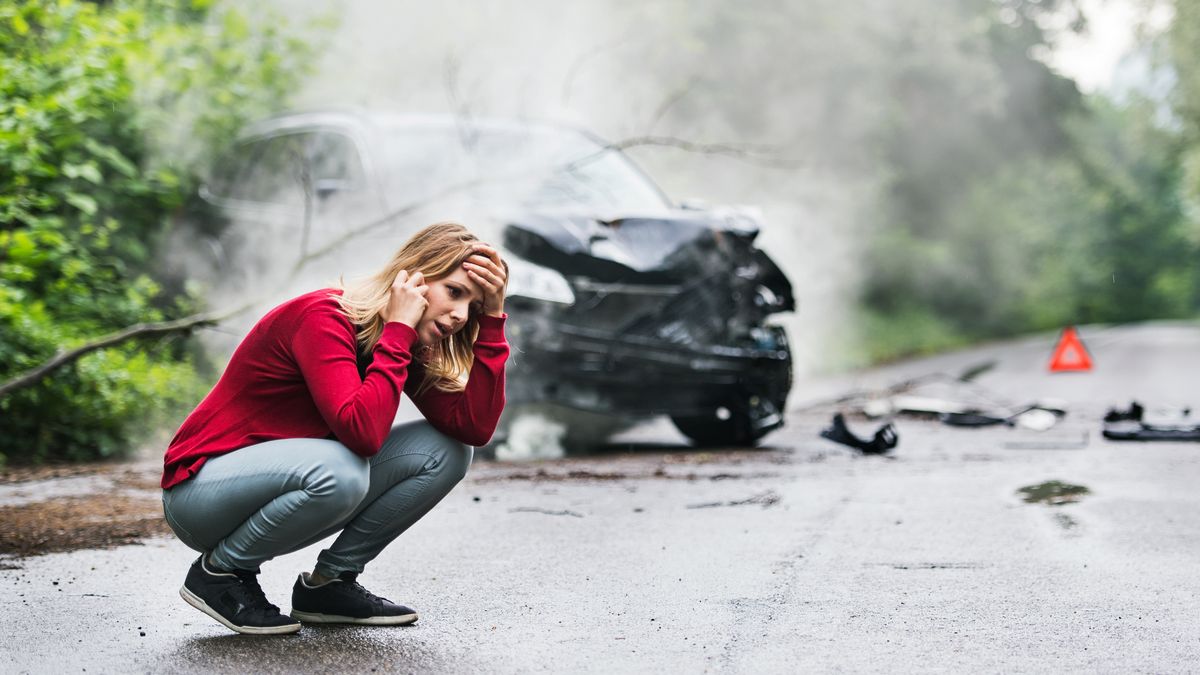Car insurance costs are skyrocketing. In March, Department of Labor data showed that the average car insurance premium had risen more than 22% in just one year. That has a shocking number of drivers going uninsured.
A recent MarketWatch Guides study finds the District of Columbia the place with the fewest insured drivers (here, your humble correspondent looks out the window at the District line and plans to walk for today’s errands). But no place is immune, with nearly 6% of drivers uninsured in the best-insured state.
Car Insurance Is Mandatory Almost Everywhere
Car insurance is required by law in every state but West Virginia and New Hampshire. “In these states, the car insurance requirement can be waived if you are able to provide proof of financial responsibility,” MarketWatch explains. “This means that you have enough assets to pay for a certain amount of damage should you be sued after a car accident that you cause.”
If you have an accident while uninsured, you can be held financially liable for all medical and repair expenses. That could make even a minor accident financially ruinous for many, as today’s car repair costs are higher than ever.
Police can ask for proof of insurance when they pull you over for any reason in most states. The penalty for driving uninsured varies by state, MarketWatch says, with the lowest fines in Missouri ($20 plus license suspension until you obtain insurance) and the highest in Delaware ($1,500 and suspension for six months).
10 States With the Most Uninsured Drivers
MarketWatch kindly labeled Washington, D.C., a state for the study’s purposes. Sadly, despite MarketWatch’s best efforts, D.C. residents will continue to pay federal taxes with no representation in Congress.
- District of Columbia: 25.2%
- New Mexico: 24.9%
- Mississippi: 22.2%
- Tennessee: 20.9%
- Michigan: 19.6%
- Kentucky: 18.7%
- Delaware: 18.1%
- Georgia: 18.1%
- Colorado: 17.5%
- Ohio: 17.1%
10 States With the Fewest Uninsured Drivers
- Wyoming, 5.9%
- Idaho, 6.2%
- Maine, 6.2%
- Utah, 7.3%
- Nebraska, 7.8%
- New Hampshire, 7.8%
- North Dakota, 7.9%
- Kansas, 8%
- South Dakota, 8%
- Minnesota, 8.7%








